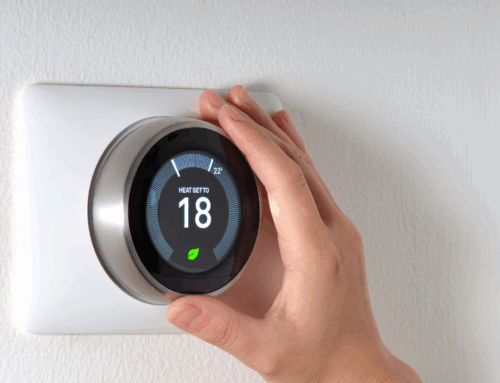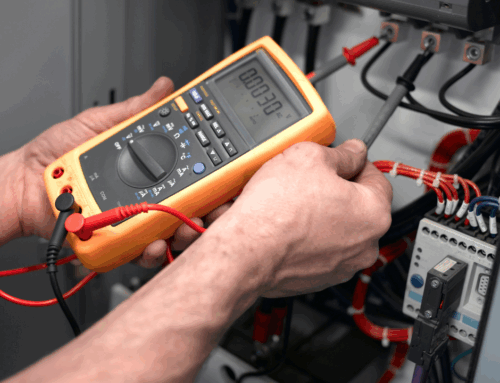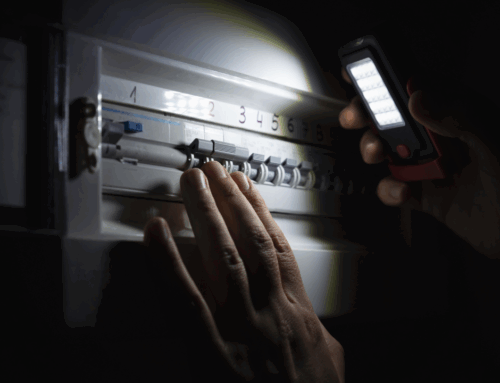In the realm of commercial property management, maintaining a safe and efficient electrical system is paramount. Electrical issues not only pose a risk to safety but can also lead to significant business interruptions. Understanding the most common electrical problems can help property managers and business owners take proactive measures to mitigate risks.
1. Frequent Electrical Surges
Electrical surges can be caused by a variety of factors, including lightning strikes, damaged power lines, faulty appliances, and even poor electrical wiring in the building. While a single surge is rarely a cause for concern, frequent surges can damage electrical components and reduce their lifespan significantly. Implementing surge protection devices and ensuring high-quality electrical installation and maintenance can help in mitigating this issue.
2. Overloaded Circuits
Commercial buildings often have high power demands, which can lead to overloaded circuits. This occurs when too many devices are connected to a single circuit, exceeding its maximum capacity. Overloading can cause circuit breakers to trip frequently, potentially leading to fire hazards. To prevent this, it’s crucial to evenly distribute electrical loads across multiple circuits and consider upgrading the electrical system to accommodate higher demands.
3. Faulty Wiring and Outdated Electrical Systems
Older commercial buildings may have outdated electrical systems that are not up to current standards. Faulty wiring, inadequate power supplies, and outdated components can lead to inefficiencies and safety hazards. Regular inspections by qualified electricians can identify and rectify these issues, ensuring the electrical system complies with the latest regulations and safety standards.
4. Tripping Circuit Breakers
Circuit breakers are designed to protect an electrical circuit by tripping and cutting off power when they detect an overload or short circuit. While tripping is a safety feature, frequent occurrences can indicate underlying problems, such as overloaded circuits or faulty electrical devices. Addressing the root cause of the tripping is essential to prevent potential damage and maintain a safe electrical system.
5. Insufficient Power Outlets
In today’s technology-driven world, the demand for power outlets in commercial buildings has skyrocketed. Insufficient outlets can lead to the excessive use of extension leads and power strips, which can be both a safety hazard and an inconvenience. Upgrading the electrical system to include more outlets and strategically placing them can help accommodate the growing needs of businesses and enhance safety.
Electrical issues in commercial buildings can range from minor inconveniences to major safety hazards. By having regular checks such as EICR and PAT tests can be highly beneficial to ensure the electrical safety and compliance of commercial buildings, can help prevent these electrical issues and ensure the longevity and safety of the building’s electrical system. Contact us for more information about our commercial testing.







Leave A Comment